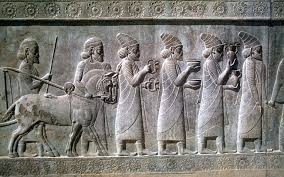A Temple for Athena
The Parthenon, perched on the Acropolis of Athens, is an iconic symbol of ancient Greek civilization. Dedicated to Athena, the goddess of wisdom and war, it reflects the religious, cultural, and political achievements of Athens during its Golden Age.
Historical Background
Constructed between 447 and 432 BCE, the Parthenon was commissioned by Pericles to honor Athena and showcase Athenian power. Beyond its religious function, it served as a symbol of civic pride, uniting Athenians through shared culture and belief.
Architectural Marvel
The Parthenon is a masterpiece of Doric architecture, noted for its proportions, intricate sculptures, and the famous frieze depicting mythological scenes. Its design incorporates optical illusions to create a sense of perfection, demonstrating the Greeks’ advanced knowledge of geometry and aesthetics.
Religious and Cultural Significance
The Parthenon housed a massive statue of Athena, crafted by Phidias, which exemplified the city’s devotion. Religious ceremonies, festivals, and offerings strengthened the bond between citizens and their goddess, reflecting the integration of spirituality into daily life.
Legacy and Influence
The Parthenon has inspired countless architects and scholars over centuries, symbolizing ideals of democracy, art, and human achievement. It continues to attract visitors worldwide, preserving the legacy of ancient Athens as a center of culture and intellectual progress.
Conclusion
The Parthenon stands as more than a temple; it is a testament to the artistic, religious, and civic brilliance of ancient Athens. Its enduring presence reminds us of the human desire to merge spirituality with creativity and societal identity.







